What is Project Soli? How Google wants to build a buttonless wearable
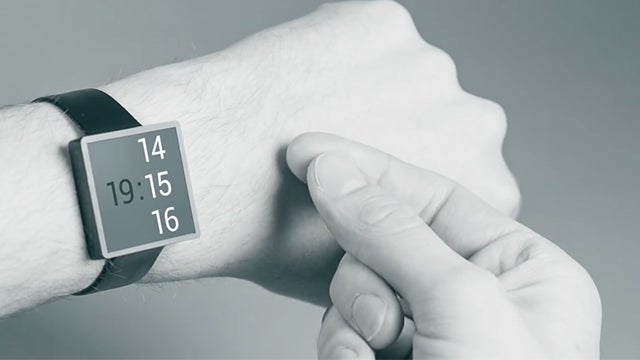
Android M and Project Brillo was not the only new tech Google has had to talk about at its I/O developer conference. Here’s how the tech company is going to revolutonize wearable tech
While the main headlines regarding Google’s I/O developer conference that took place last week revolved around the release of Android M and the more consumer friendly tech, some of the most interesting nuggets came on day two.
This is when Google, or more specifically its Advanced Technologies and Products (ATAP) group, lets its hair down and shows off some awesome looking, yet futuristic, stuff that might make its way into products we’ll actually get to use down the line.
One particularly standout thing that caught our eye was Project Soli, a new way of interacting with your gadgets. It looks completely bonkers, so let’s take a look and see exactly what it is.
What is Google’s Project Soli?
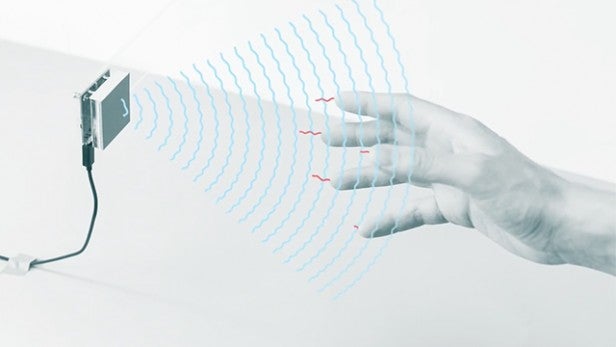
If you’ve used any sort of modern smartphone, or wearable for that matter, you’ll be familiar with the touch interface. It’s the most common method of interacting with our devices and we think it’s pretty good, if we’re being honest.
It’s great for phones though, but if you’ve used anything with a smaller display then you’ll know it isn’t quite so perfect. Manipulating menus and scrolling through options on a 1 or 2-inch display is far from ideal, either you accidentally tap on the wrong thing entirely or your stray finger covers up all the options you’re trying to read. Apple tried to combat this with its ‘magical’ digital crown, but that didn’t swerve the problem entirely as the majority of things still require a button press.
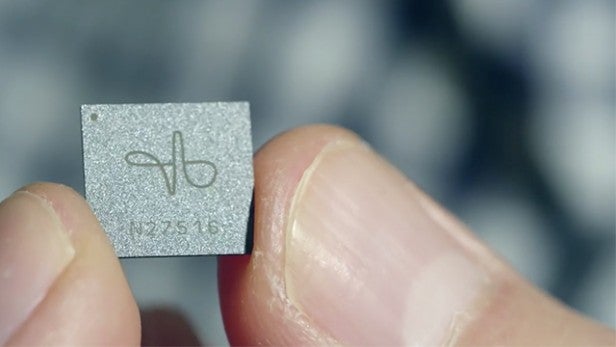
It’s a problem, but Google thinks it might just have fixed it.
Step in, Project Soli. This completely new way of interacting with our small screen toting devices relies on gestures. Gestures aren’t something new, we’ve seen devices packs gesture tech for years, but Google’s interpretation takes it off the screen and puts the power directly in your fingers.
How does Project Soli work?
Google’s Project Soli works by utilising the same tech found in radar, which can detect moving objects through high-frequency radio waves. This is completely different, and far more accurate Google says, than using gesture tracking cameras.
SEE ALSO: What are Project Brillo and Google Weave?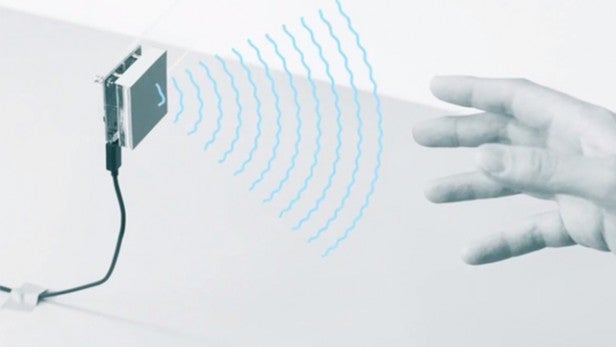
The sensors that Soli utilises can capture motion at up to 10,000 frames per second, far more than a camera can achieve, but radar can also pass through other types of objects that would stump a simple snapper.
What can it be used for?
From what we’ve seen so far in short demos, Soli has a number of nifty functions and they make us very excited for a possibly buttonless device in the future. First off you’ve got a virtual dial – basically circling your finger and thumb together to move 360 degrees and cycle through a list.
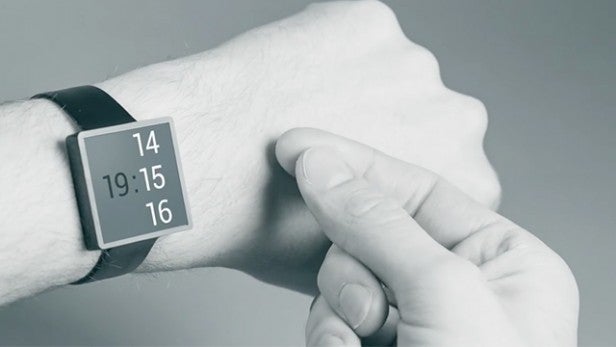
We also saw an example of someone setting an alarm, first off by tapping two fingers together to move through the hours, then pressing them together and switching over to the minutes. All without needing to interact directly with the display.
What tech might use it?
From what we saw, there was definitely the impression that these tiny radio wave emitting chips would feature in wearables, specifically smartwatches. It makes perfect sense too, ditching the need for scrolling and selection options on that tiny screen with just finger.
Just imagine – scrolling through a message by tapping your fingers together or zooming in and out of a map without covering any of the display. It puts the Digital Crown to shame, we say.
SEE ALSO: Google I/O 2015: Everything that happened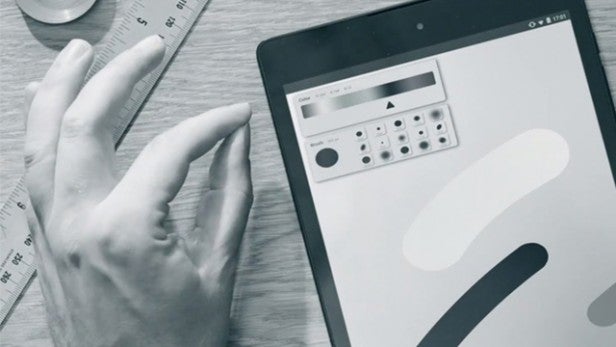
But, because the tiny radio is encased in a chip it can theoretically fit inside anything. A radio, for example. Scrolling through stations and lowering or raising the volume was shown and because it’s so precise, there won’t be any chance of accidentally ruining your eardrums by going too loud. It could also fit in a tablet and pair with a drawing app, giving you more accurate control over your brushstrokes.
When will the first Project Soli gadgets launch?
As with anything that comes out, or is shown off, during these ATAP talks at I/O, they’re barely more than working prototypes at this stage. So don’t expect your next Android Wear smartwatch to come packing this gesture driven tech.
But, we definitely think that idea has traction and its implementation so far has got us a bit excited. We might be waiting a while to try it for ourselves though.


